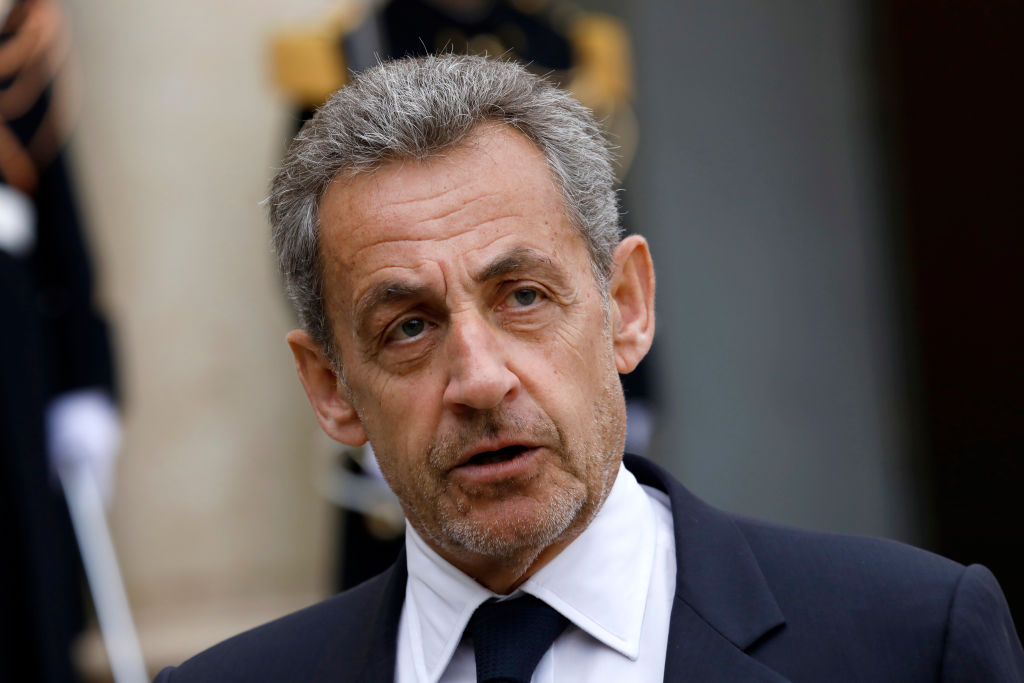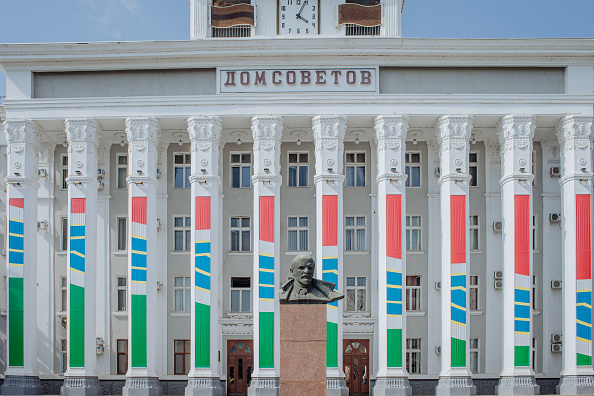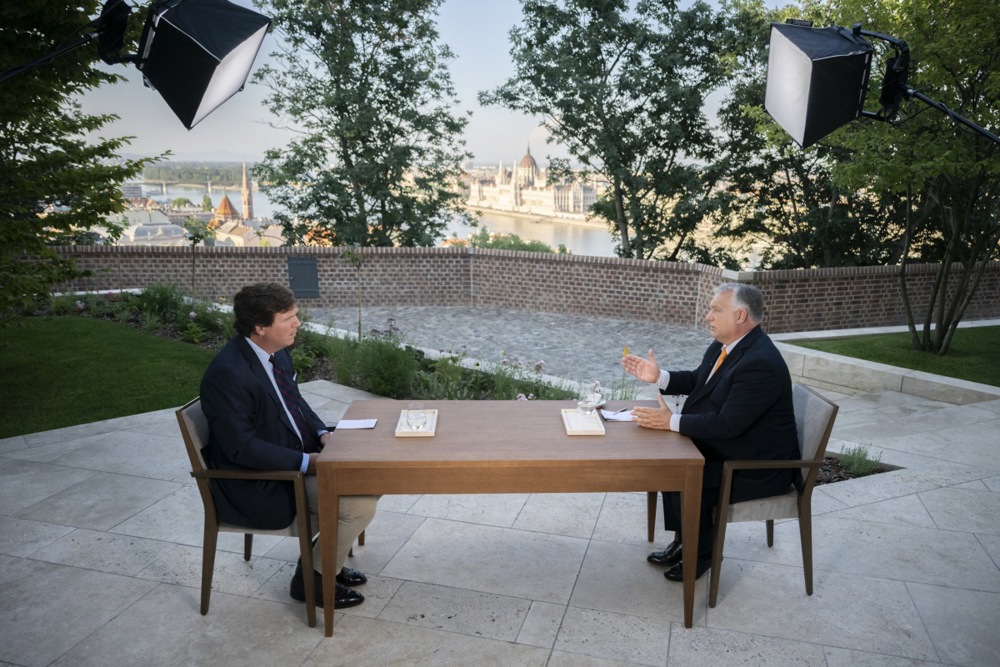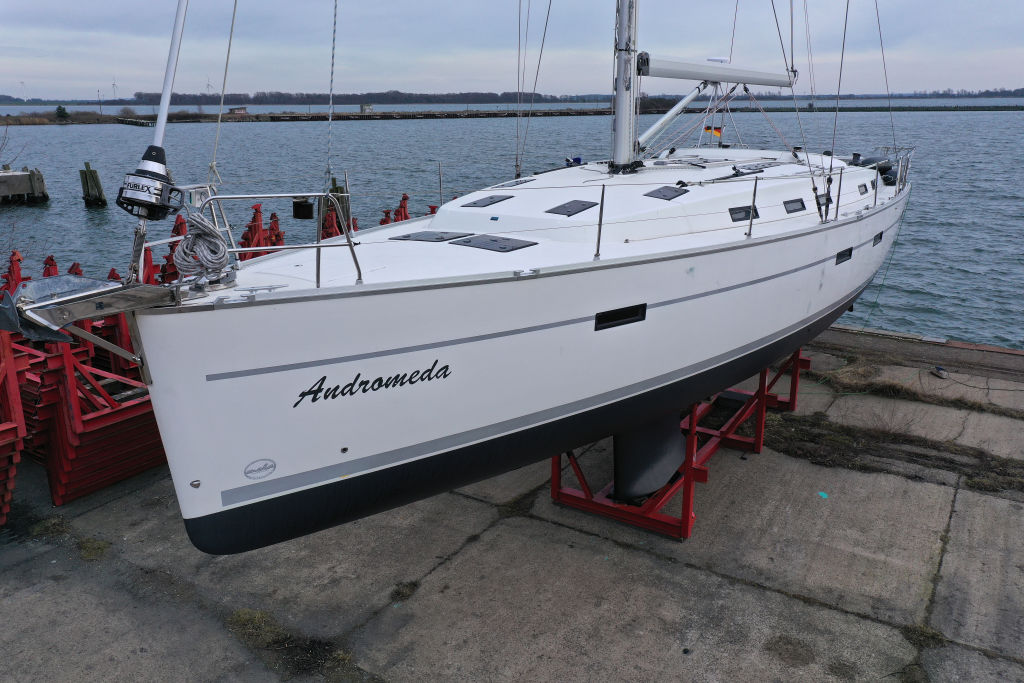With the war now past its one-and-a-half year mark and no decisive Russian military defeat or political surrender in sight, the public conversation should start reflecting a bit more on the possible role for diplomacy in the months – and perhaps years – ahead. The difficulties on the road to a peace without victory are monumental, and fall in two broad categories.
Coming to the table
The first is the challenge of bringing the two sides to the table in the first place. Ukraine would only enter peace talks if pressed by its Western – particularly American – sponsors. The main obstacle is the West’s policy of deferring to Kyiv on the question of negotiations for ending the war. This can change – and at the very least is worthy of more open public debate.
The idea that it is exclusively up to Ukraine to decide a matter of such fundamental importance for the security and interests of so many other countries – especially those in Europe – is absurd, and a cynical abrogation of responsibility by Western leaders, dressed up in moral rhetoric. This is not simply Ukraine’s war, because Kyiv is not fighting it alone, or shouldering all of the risk; the peace cannot be left solely to Ukraine’s will either.
It is far harder to bring Russia to the table, though. Not only has Moscow not given any sign it might be interested in a peace deal, but its traditional hardline logic – a type of military realpolitik – becomes a major obstacle in this respect once the country is at war, because the timing of peace talks is judged based on the military situation on the battlefield.
If Russian forces are on the back-foot, no Kremlin leader will want to accept real negotiations from a position of weakness. If they’re doing well – whether in defence or offence – he has no need to, and would rather wait to increase his leverage.
In times past, in different wars, even Russia has exhibited more flexibility on these points; but this war is seen as existential in Moscow, so the margins for diplomatic engagement are much tighter.
This is why any pursuit of a negotiated end to this war must be framed by a clear-eyed, ultra-realistic perspective that is able to judge correctly the balance of interests and capabilities on both sides. Waiting for either combatant to develop some kind of “decisive advantage” may well simply be a recipe for endless war.
Five elements of a potential deal
The second challenge on the road to peace from a Western point of view is determining the broad outlines of the final accord. These are the major elements of the deal that would form the object of more specific negotiations in the hypothetical case where the two warring sides, plus likely other parties, really do sit down for a peace conference.
Here we can only suggest a possible breakdown of a deal under five main headlines, without going into any details:
1. Territorial settlement. A tragic but unavoidable fact of this conflict is that no peace negotiation is possible, in any likely scenario (i.e. unless Russia surrenders, which is not likely), without the prospect of recognising Russian control over certain Ukrainian territories. This is not a fringe view. The formal cessation of Crimea to Russia has often been openly floated in mainstream Western conversations since the war began. Occupied Donbas, with its strongly pro-Russian population – largely seen as traitors by Kyiv – is another obvious target for potential territorial provisions in the resulting treaty.
The full meaning of “prospect” and “control” would be up for negotiation. A variety of solutions can be envisaged. Firstly, any transfer of Ukrainian lands could be made subject to internationally-supervised local plebiscites, as suggested by eminent strategist Dr Edward Luttwak.
Secondly, there may be legal formulas to ensure Russian control over some of the territories in dispute without formally annexing them, or under some kind of multinational mandate etc. It is unclear what may be the limits of the possible on this highly sensitive issue, but the point is that diplomatic history has seen many instances of creative solutions in cases of territorial disputes.
There is no suggestion here that any of this would be just – but only that if a real peace deal does become a serious policy objective for Ukraine and its allies in absence of a complete “defeat” of Russia, such a deal will inevitably have to include a territorial settlement.
2. Ukrainian neutrality and EU membership. NATO’s Vilnius summit this year has made it clear that Ukraine will only “join the Alliance when Allies agree and conditions are met,” which at the very least means when the war is over. In turn, this incentivises Russia to continue the war even if Ukraine somehow liberates all of its territory – meaning that, in practice, Ukraine has almost zero chance of joining NATO without a peace deal with Russia in the first place.
NATO membership has become a totemic aim for Kyiv as it is seen as a guarantee against another potential Russian invasion in the future. It is said, correctly, that Russia would not have attacked last year if Ukraine had been part of NATO. But it may also be said that Russia wouldn’t have attacked had it known how well Ukraine would fight and the level of support it would receive from NATO, as it did.
All this has now been demonstrated in the field. A very strong case can now be made that a post-war Ukraine, recovered and rebuilt, armed to the teeth (to NATO standards), supported by strong bilateral defence cooperation pacts with key allies like Poland, the UK or the US, would be more than capable of deterring – and if needed, defeating – any renewed Russian invasion in the future.
Under these conditions, Ukraine could renounce its pursuit of NATO membership for a national policy of (heavily) armed neutrality, something it was willing to do in March 2022. In exchange, Russia would formally agree to Ukraine joining the EU – the longtime aspiration of the Ukrainian people, which triggered the original Ukraine-Russia crisis in 2013. Kyiv could also use this negotiation to press the EU to agree to a specific accession date for Ukraine.
3. Demilitarised zone. The eventual armistice would stop the shooting but a DMZ is required to separate the two armies and remove the possibility of a surprise attack. DMZs exist all over the world in former conflict areas, from Korea to Cyprus. The Ukraine DMZ will likely have to be on an unprecedented scale – perhaps tens or even hundreds of kilometres in width – primarily in order to account for some of the modern, long-range weaponry that has been used to such devastating effect in the war so far.
Negotiations would set the specific geographic and military parameters of the DMZ, which may not be contiguous (certain rear bases, including in Russian border oblasts, may be included), and which may have different types of provisions for the maritime environment.
4. CFE-type arms control treaty. Signed in 1990, the Treaty on Conventional Armed Forces in Europe (CFE) set limits on non-naval conventional armaments – tanks, artillery, aircraft etc – that NATO and the Warsaw Pact could maintain on the European continent. It also included comprehensive provisions for compliance verification. The end of the Cold War soon threw the CFE treaty off-track as geopolitics and the old military balance changed in the new political reality. Russia suspended its participation in 2007 and withdrew completely in June 2023.
Nonetheless, the original CFE treaty showed that such an agreement on conventional weapons is possible. In our time, some kind of post-war arms limitation treaty is essential not just for protecting Ukraine by circumscribing Russian military power and reducing the possibility of strategic surprise, but also for stabilising the military balance in Eastern Europe in the long-term.
The issue of Ukraine’s security does not exist in a vacuum; it is inextricably linked to that of European security more broadly, with respect to the Russian threat – and they must be considered together.
The CFE can work as a basic template for a similar accord – negotiated as part of the wider peace deal – at least between Russia and Ukraine, and within set geographical limits. Depending on the structure of the negotiations, a more ambitious agenda could even include NATO (perhaps reviving the latest CFE text itself) or individual Western powers. A CFE framework can also be adapted to specific regions, such as the Black Sea.
5. UN-led peacekeeping mission. There is no prospect of any kind of long-term peace in Ukraine without a multi-year, international, UN-led force that could deploy into the DMZ and secure the armistice line or border between the two parties to the conflict. Given the length of the front line in Ukraine, this would inevitably be the largest and most expensive UN peacekeeping force in history, perhaps three times larger than the roughly 20,000-strong ONUC mission to Congo in the 1960s.
The bigger political challenge, however, would be the need to include significant contingents from both Russia-friendly countries like China, Hungary or India, and from Western allies like Japan, Australia, France or Italy – as well as Turkey. The UN mission could also help oversee any local plebiscites agreed in the negotiations, as well as demining and other post-conflict operations.
The benefits for each side
A peace deal along these lines would obviously have the immediate humanitarian benefit of stopping the killing and terror of war.
Then, having emerged as the world’s most heroic and glorious nation, Ukraine would get to move on, rebuild and create a new future for itself within the EU in peace. While losing territory would be a terrible price to pay, the loss of the largely hostile, insurrectionist, pro-Russian population living in those lands might be rather less dramatic for the future stability of Ukraine and its democracy.
Ukraine would also be secured from a renewed Russian invasion by a triple lock: its own armaments and defence support agreements with close allies; a UN-patrolled DMZ preventing a surprise attack; and an arms control treaty that, perhaps in conjunction with other regional defence arrangements, would at least help regulate the military balance in Ukraine’s vicinity and make any Russian offensive concentrations of force a clear treaty-breaching action.
This kind of deal might also work for Russia. In the logic of peace-making – rather than that of universal justice – this would be a positive outcome if it means the Kremlin becomes invested in it. Russia would achieve its objective of a “neutral” Ukraine and would also secure long-disputed territories where it claims Russian-speaking majorities require its protection. The DMZ as well as the arms control provisions might also be presented, to an audience back home, as a fulfilment of the “Special Military Operation’s” original goal of “demilitarisation” in Ukraine.
An enduring peace
The only desirable and morally just peace in this war is that which restores Ukraine’s legitimate borders – the status quo ante, of 2013 – and which delivers justice for the crimes and destruction inflicted on this country by Putin’s Russia. Its outline was presented by president Zelensky himself in his 10-point plan of November 2022, and it is right to aspire to this as the end-goal in this catastrophic conflict. But it requires a clear and decisive victory against Russia.
The fortunes of war do not always conform to our hopes. The ideal and just conditions for ending the war may never come within our grasp; peace may have to be achieved in harsher circumstances. It is right and legitimate to consider in advance this hypothetical situation. When we look more closely at the issues involved we start to appreciate the scale of the challenge – and, hopefully, frame our minds accordingly.
The worst outcome after the horrors of this conflict would be a rushed and ill-judged settlement. However the war ends, Ukraine needs and deserves an enduring peace. And that will likely come at a price.
Gabriel Elefteriu is deputy director at the Council on Geostrategy in London and a fellow at the Yorktown Institute in Washington, D.C.






